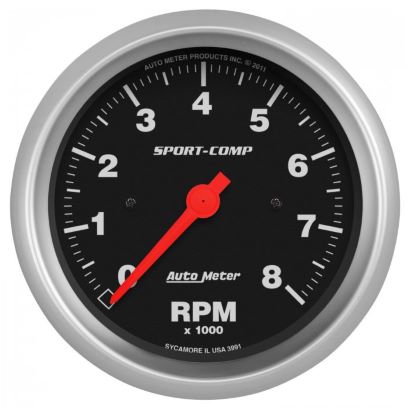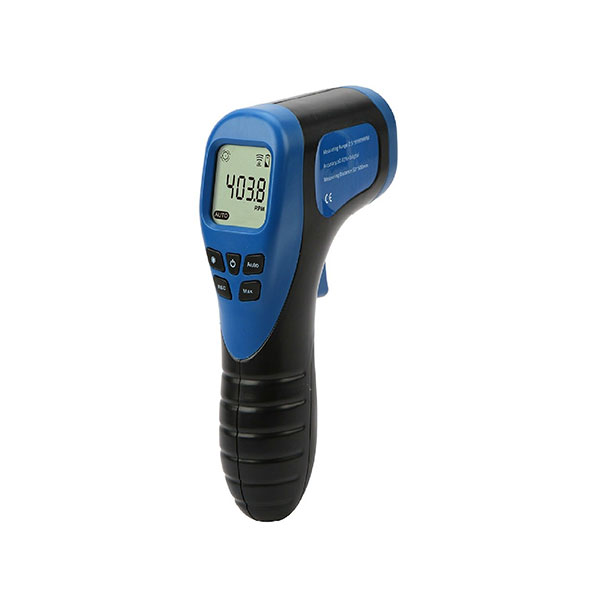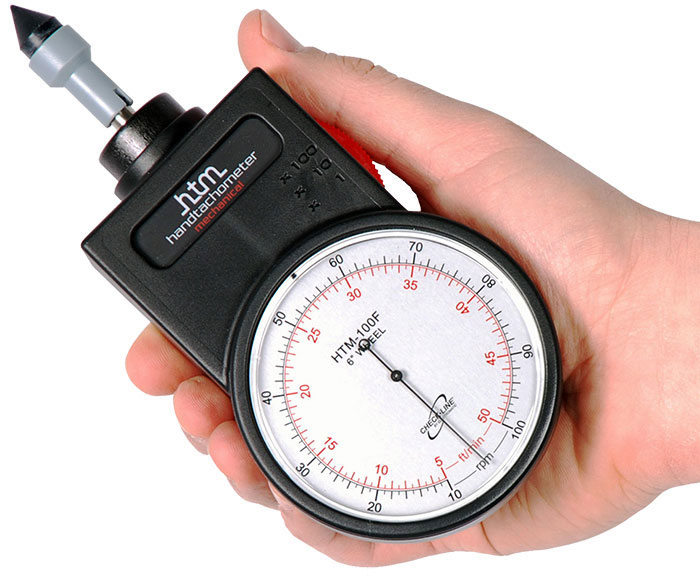How a Tachometer Assists Screen Engine Health and Performance
How a Tachometer Assists Screen Engine Health and Performance
Blog Article
The Relevance of a Tachometer in Monitoring Engine Rate and Performance in Automotive Applications
In the world of auto engineering, the tachometer stands as a critical instrument in the motorist's collection, giving a direct window into the inner workings of a car's engine. Beyond its feature as a mere gauge of revolutions per minute (RPM), the tachometer serves as a vital device for lovers and specialists alike, offering real-time insights into engine efficiency and wellness.
Importance of Keeping Track Of Engine RPM
Keeping an eye on engine RPM, or changes per min, is an essential element of automobile upkeep and efficiency assessment. Engine RPM straight correlates with the rate at which the engine's crankshaft revolves, suggesting how promptly the engine is running.
Additionally, keeping an eye on engine RPM is important for performance examination in auto racing and high-performance vehicles. In summary, checking engine RPM is not just important for finding issues however additionally for optimizing engine performance in different vehicle applications.

Advantages of Real-Time Information
In auto applications, real-time information plays an essential function in supplying immediate understandings into the performance and condition of the car. By constantly keeping an eye on numerous criteria such as engine rate, temperature level, gas intake, and more, real-time information supplies countless advantages that add to boosted efficiency and safety when driving.
One significant advantage of real-time information is its capacity to sharp motorists and service technicians to any type of abnormalities or concerns quickly. This positive method allows fast identification of potential troubles, permitting for timely interventions to avoid further damage or failures. In addition, real-time data helps with efficiency optimization by supplying immediate feedback on driving behaviors and engine effectiveness. Chauffeurs can readjust their habits in real-time based on this info to achieve far better gas economic climate and lengthen the life expectancy of their car.

In addition, real-time data plays a vital role in contemporary automotive diagnostics, making it possible for specialists to promptly identify and resolve malfunctions. This causes reduced downtime, reduced upkeep costs, and inevitably, enhanced total car dependability and long life (tachometer). By taking advantage of the power of real-time information, automotive stakeholders can make educated decisions that favorably influence both the performance and long life of the car
Influence On Equipment Shifts
Efficient gear changes in automotive applications substantially affect total performance and driving experience. The tachometer plays an important duty in maximizing equipment shifts by providing real-time engine speed data to the motorist. When coming close to the redline on the tachometer, it signifies the vehicle driver to upshift to stop over-revving the engine and causing possible damages. On the various other hand, downshifting at the appropriate minute can aid keep the engine in its power band, guaranteeing receptive velocity when required.
In addition, the tachometer help in accomplishing smoother equipment changes, specifically in hands-on transmissions. By keeping an eye on engine rate, chauffeurs can perform gear changes at the optimum RPM array, lowering snagging movements and reducing wear on the transmission parts. This precision in gear changes not only boosts driving convenience but also contributes to fuel performance.
Enhancing Fuel Efficiency
Offered the essential function the tachometer plays in optimizing equipment shifts for performance and engine wellness, it straight contributes to optimizing fuel performance in vehicle applications. By providing real-time responses on engine speed, the tachometer assists drivers in preserving the most reliable RPM More Info range for gas economic climate. When vehicle drivers constantly keep an eye on the tachometer and change their motoring practices as necessary, they can prevent unneeded fuel intake triggered by over-revving or hauling the engine.
Additionally, the tachometer assists vehicle drivers recognize the most fuel-efficient official website equipment to be in at any provided minute, protecting against the engine from functioning harder than necessary. In conclusion, the tachometer serves as a valuable tool in enhancing fuel effectiveness by advertising optimal driving routines and identifying locations for renovation in the vehicle's performance.

Making Best Use Of Engine Long Life
The tachometer's function in monitoring engine rate and performance is crucial in making sure the longevity of vehicle engines. Keeping track of the tachometer permits chauffeurs to remain within the recommended RPM variety for their automobile, avoiding unnecessary stress on the engine and expanding its lifespan.

Verdict
Finally, the tachometer plays a crucial function in keeping track of engine rate and efficiency in automobile applications. By giving real-time information on RPM, it enables reliable gear shifts, improved gas efficiency, and made the most of engine long life. This tool is crucial for preserving optimum engine performance and making sure the overall performance of a lorry.
Report this page